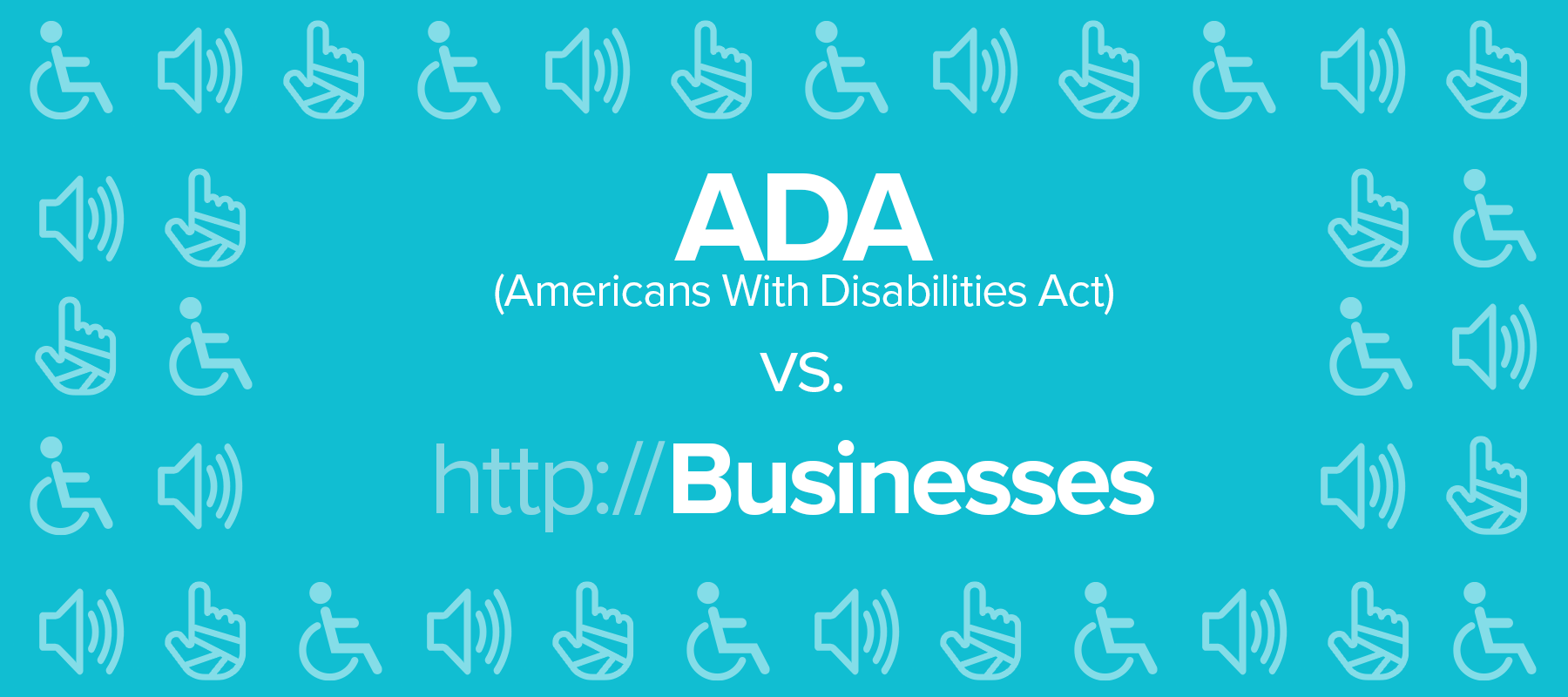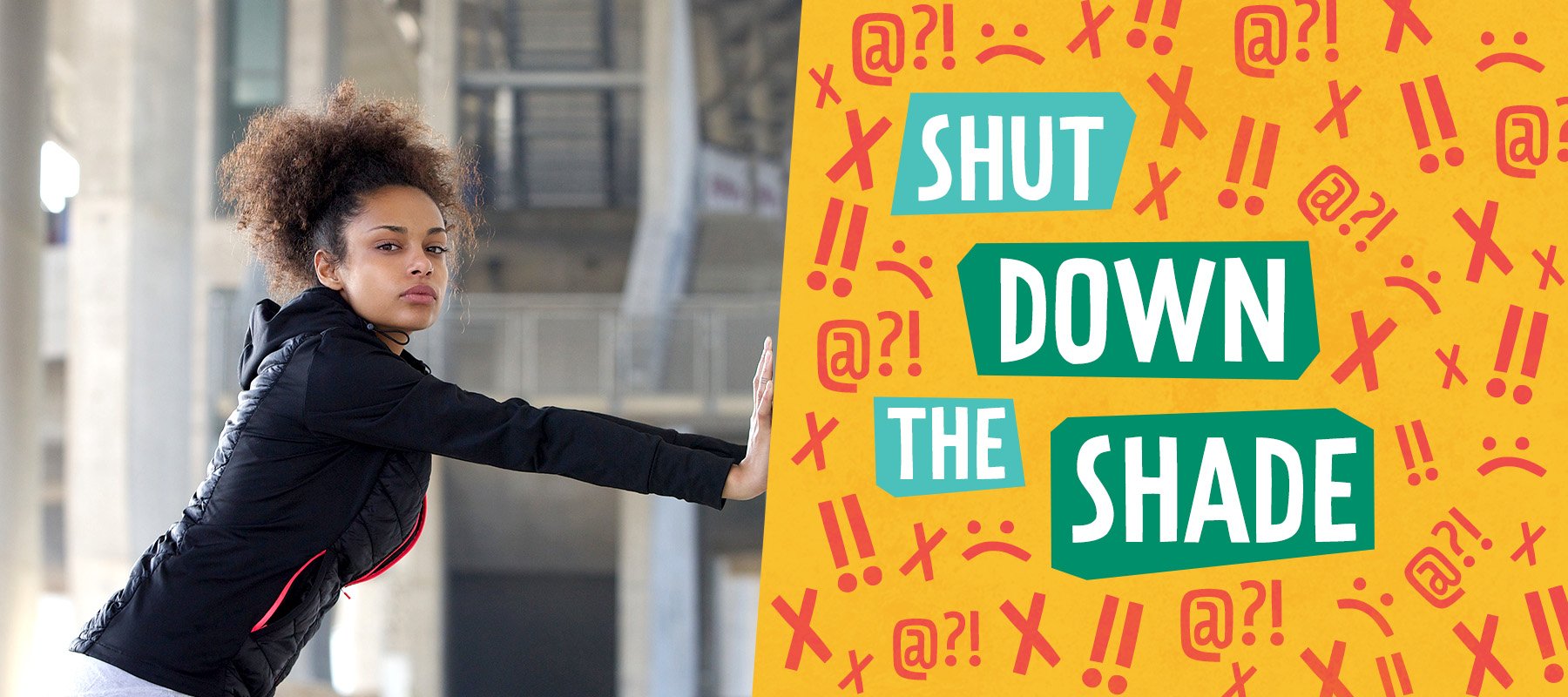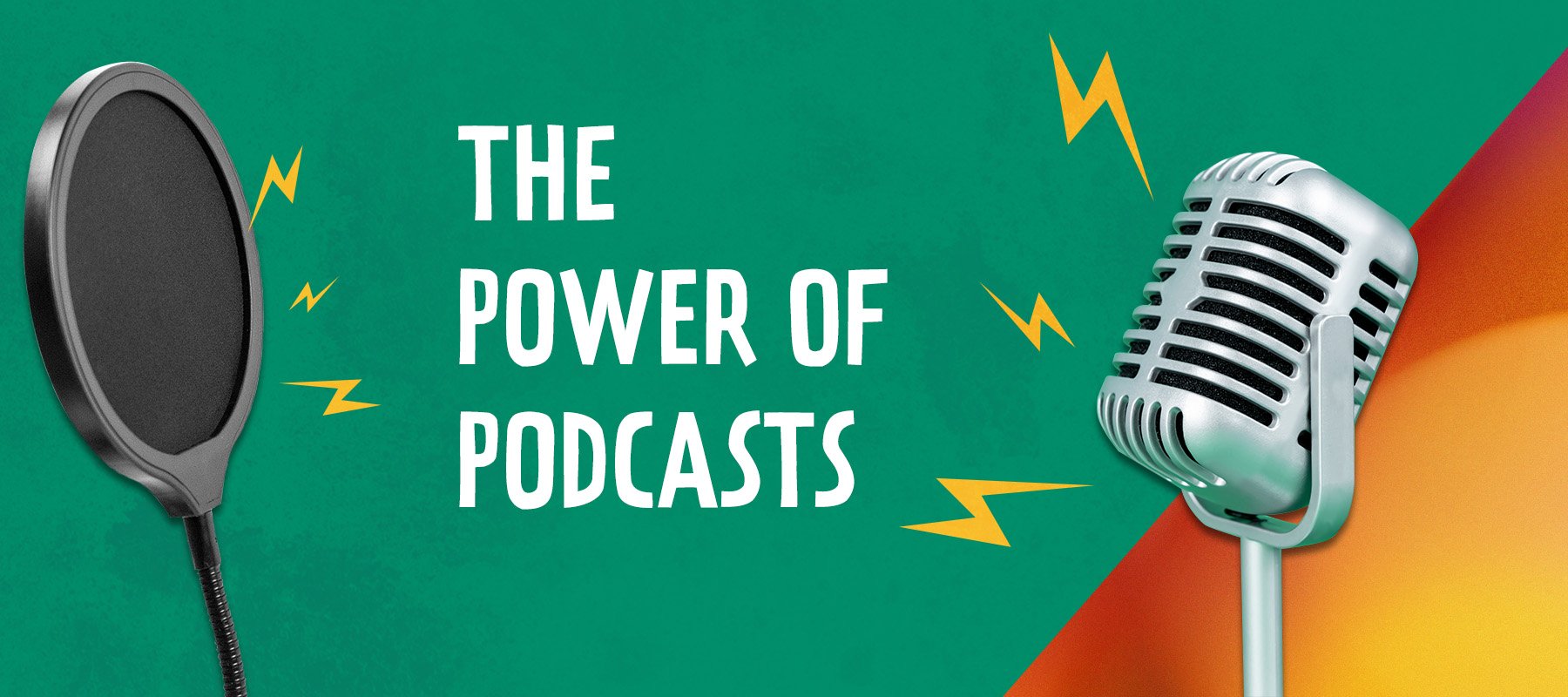Using Segmentation to Improve Sponsorships & Activations
What do you think of when you hear the phrase “diverse sponsorships?”
2 min read
![]() Phillip Dodson
:
Dec 2, 2019 11:00:00 AM
Phillip Dodson
:
Dec 2, 2019 11:00:00 AM

In a landmark trial in 2017, a Florida federal judge ruled in favor of the plaintiff in a lawsuit against the grocery chain Winn-Dixie for violating the Americans with Disabilities Act (ADA). The plaintiff, Juan Carlos Gil, claimed that Winn-Dixie’s website was not accessible to users utilizing screen reading technology. Gil, who is blind, uses assistive technology to navigate the web and alleged that Winn-Dixie denied him “full and equal enjoyment of the goods, services, facilities, privileges, advantages or accommodations that Winn-Dixie offers to its sighted customers.”
Gil’s case is the first ruling of its kind where a lawsuit went to trial and a judge ruled for the plaintiff. This ruling is significant because up until now, anti-discrimination laws for websites have been murky at best.
Here’s a brief history of accessibility law in the United States as it pertains to websites and electronic media.

Beginning with Section 504 of the Rehabilitation Act of 1973, Federal agencies have to provide reasonable accommodations for children and adults with disabilities. These anti-discriminatory regulations protect students, employees, benefit recipients, and other members of the public. Section 508 extends the scope of protections to electronic and information technology, so in order to be compliant, a system must not rely on a single sense or ability of the viewer. An example of this is having sign language present during public service announcements.
The Americans with Disabilities Act (ADA) of 1990 expanded anti-discriminatory responsibility from not only including Federal agencies but also employers (Title I), public entities and transportation (Title II), or any institution providing public accommodations and facilities (Title III). This is not an exhaustive list. Read more about the ADA here.
In 1990, when the ADA was put into law, the World Wide Web (WWW) as we know it, was just being born and was far from being widespread. None of the protections covered public, front-facing websites. Furthermore, the Rehabilitation Act has Section 508 but that only applies to Federal agencies. The ADA expands protections but does not include a Title for electronic and information technology.

Gil and his council argued that because Winn-Dixie’s website is so intrinsically linked to their storefronts, Gil was being denied the same accommodations as their sighted customers, and that disabled individuals must be provided full and equal enjoyment of any place of public accommodation, which of course is Title III of the ADA.
Here’s the deal. You could always have been sued for having an inaccessible website, because someone can be sued for anything, and until 2017, these lawsuits mostly ended in settlements. In fact, there have been plenty ADA website lawsuits before 2017. The difference now is that there is case law in favor of the plaintiff as it pertains to their disabilities.
The ruling against Winn-Dixie linked together a store’s brick and mortar with its website because the two are tightly coupled, which then invoked Article III of the ADA about public accommodations. Not all websites have a storefront and as such, do not qualify. Yet. What this ruling does do is bring to the forefront of what public accommodations means, and has the potential to move the yardstick for future cases.
Accessibility is not a bolt-on solution to be discussed after the website is finished, nor does good accessibility only insinuate that your website must be usable by blind people. Websie accessibility is just one pillar of usability, and usability is not bias; good usability practices apply to everyone. After all, if your website is not usable, it’s not successful.

What do you think of when you hear the phrase “diverse sponsorships?”

Come June,we can expect to see the usual suspects up in arms about brands engaging in (or even supporting) LGBTQ+ Pride campaigns. Of course, not...

First things first: what is a podcast?